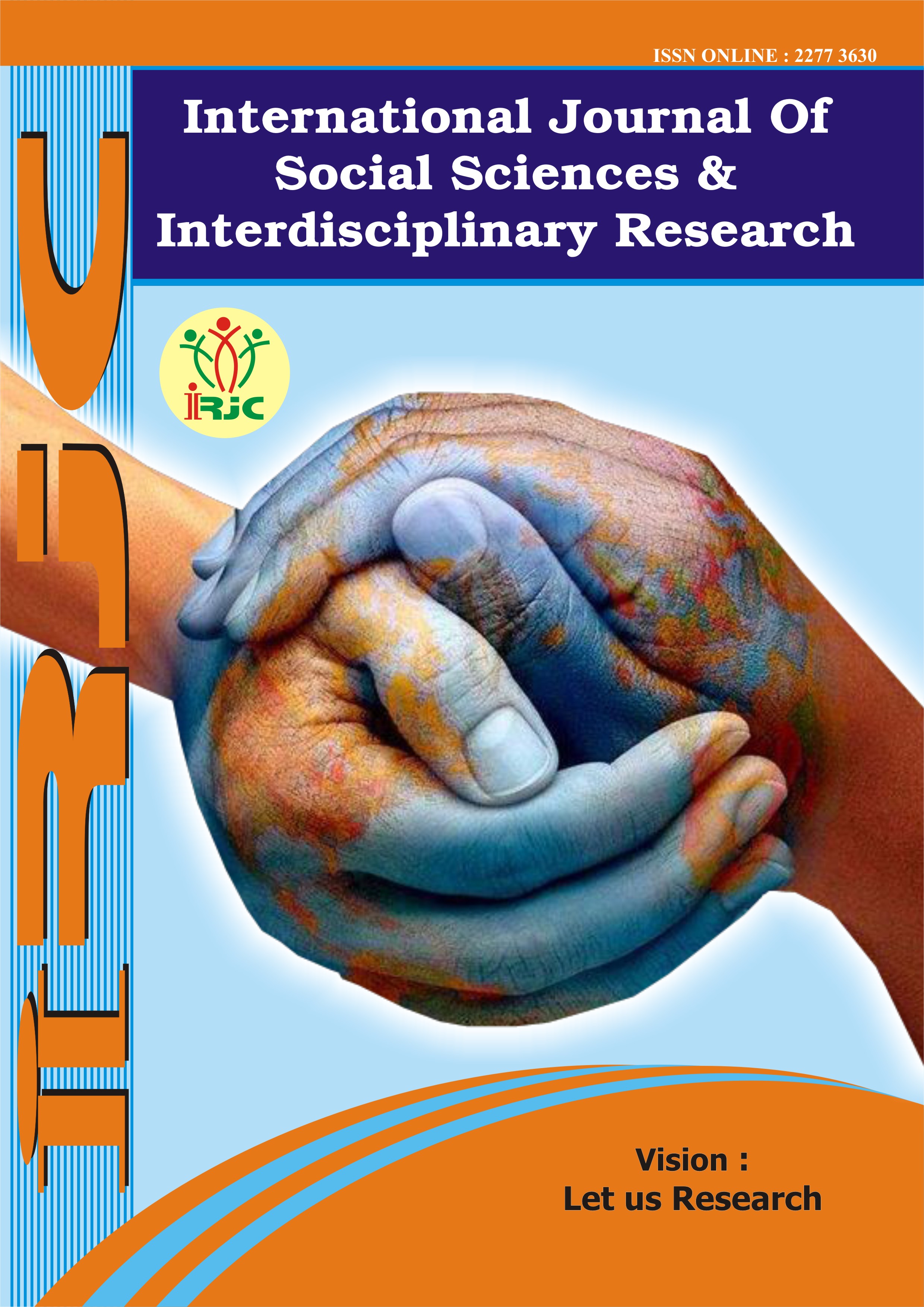Underground mine mining systems and technological parameters of mine development
Keywords:
planning, mineral reserves preparedness, standard, mine-technical system, production block, mining plan, mineral miningAbstract
It is very important to provide mines with accessed, prepared and ready for extraction mineral reserves per production blocks at the stage of underground mine planning and design. Preparedness standards depend on geological and geotechnical conditions of mining, flow processes and intensity of first mining per levels. Sustainability of a mine is conditioned by the accepted systems of mine planning and design, production control and and product quality evaluation. Sound standards of prepared and ready for extraction reserves promotes efficiency of underground mine planning and improvement of technical and economic performance. Improved sustainability of operating mines ensures mine project productivity, uniformity of mining and quality of end product. The presented preparedness standards used in planning mining expansion per underground mines in the Republic are reflective of technological progress and take into account geological conditions of specific deposits. Adherence to these standards when substantiating the number of production blocks in underground mining enables the accomplishment of planned production. Some gap in the presented standards of mineral preparedness for extraction means that these values should refine per specific mines.
References
Planning Commission, 2012, Government of India, Sustainable Development, Emerging Issues in India’s Mineral Sector,May 2012
Annual report, Ministry of Mines, 2011-12, Government of India, New Delhi.
RBI, 2011, Handbook of statistics in the Indian Economy 2010-11, Reserve Bank & India, Mumbai.
Richards, J.P. 2002. Sustainable Development and the Minerals Industry, Society of EconomicGeologists Newsletter,U.S.A, January.
Morrison, D., 2006, Driving Mining Underground, Engineering & Mining Journal,http://www.golder.ca/en/modules.php?name=Publication&sp_id=163&page_id=212, Accessed on July 25, 2013.
Fisher., B. S., and Schnittger, S., 2012, Autonomous and Remote operation Technologies in the Mining Industry: Benefitsand Costs, BAE Research Report 12.1, p.26
http://www.joy.com/en/Joy/Products/Entry-Development/12CM30-Miner-Bolter.htm, Accessed on August 07, 2013
BandyopadhyayL. K., Chaulya, S., Mishra, P. K., Choure, A. and Baveja, B.M., 2009, Wireless information and safetysystem for mines, Journal of Scientific &Industrial Research, 68: 107-117.
Li, M. and Liu,Y. 2009, Underground coal mine monitoring with wireless sensor networks, ACM Transactions on SensorNetworks, vol. 5, no. 2, article, http://www.cse.ust.hk/~liu/SASA.pdf, Accessed on August 05, 2013
Osunmakinde, I.O., 2013, Towards Safety from Toxic Gases in Underground Mines Using Wireless Sensor Networks andAmbient Intelligence, International Journal of Distributed Sensor Networks, http://dx.doi.org/10.1155/2013/159273, Accessed on August 07, 2013
Lynas, D. and Horberry, T. , 2011, Human factor issues with automated mining equipment’ The Ergonomics Open Journal,4 S2-M3: 74-80.
Downloads
Published
How to Cite
Issue
Section
License
Copyright (c) 2022 GEJournals

This work is licensed under a Creative Commons Attribution-NonCommercial-NoDerivatives 4.0 International License.





